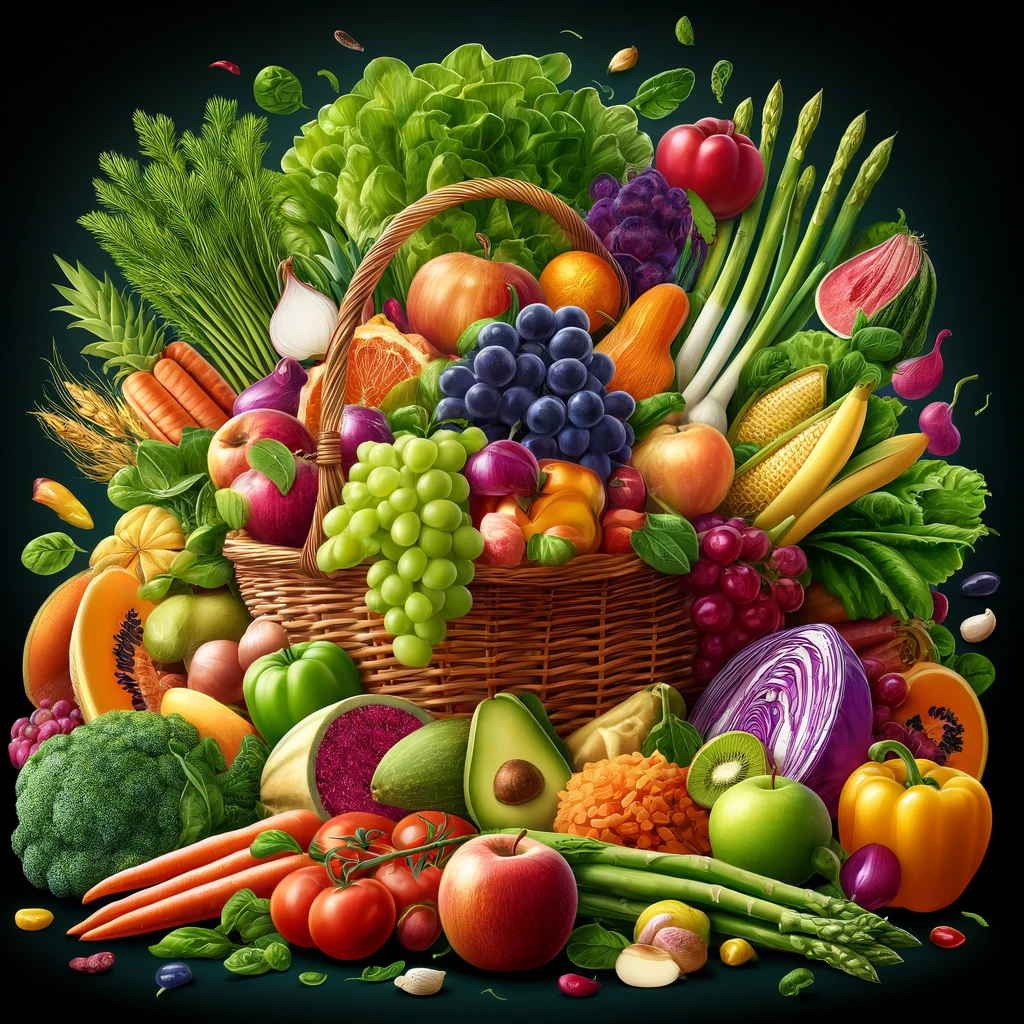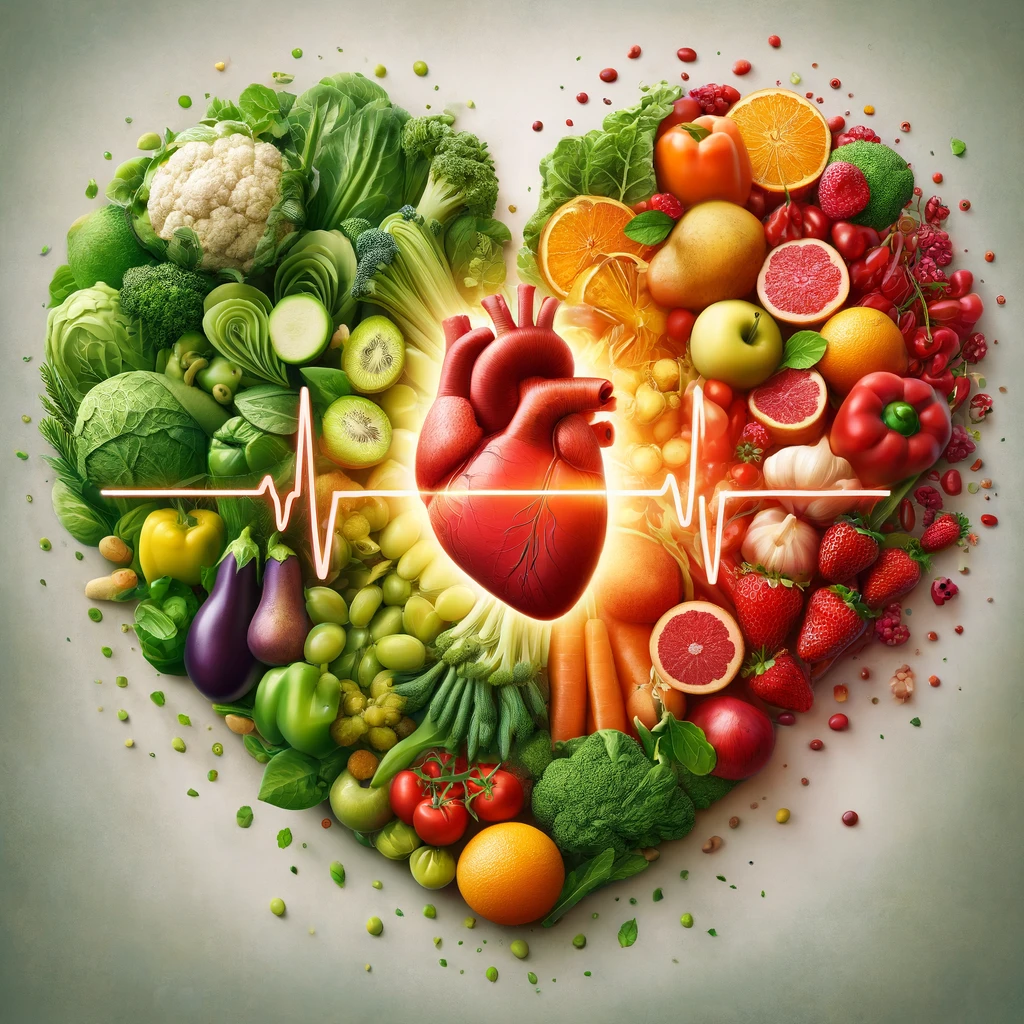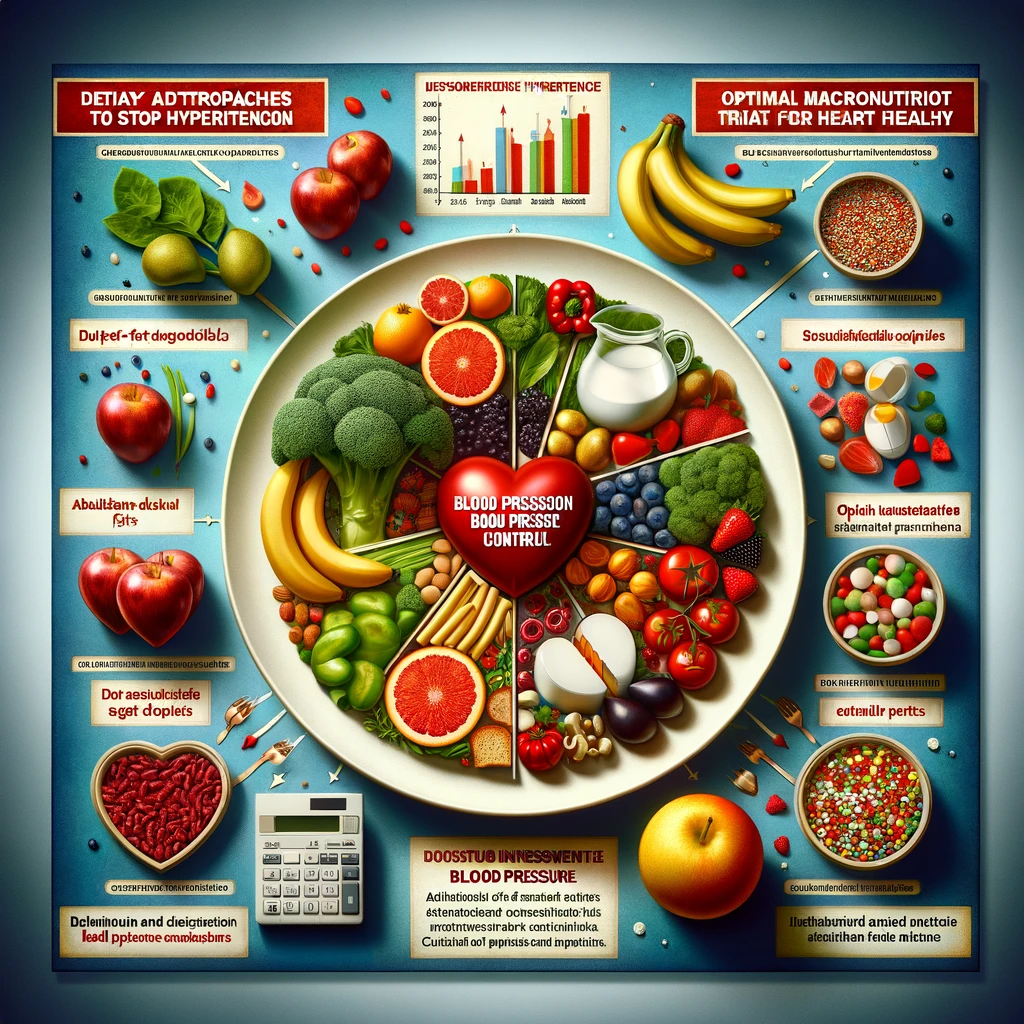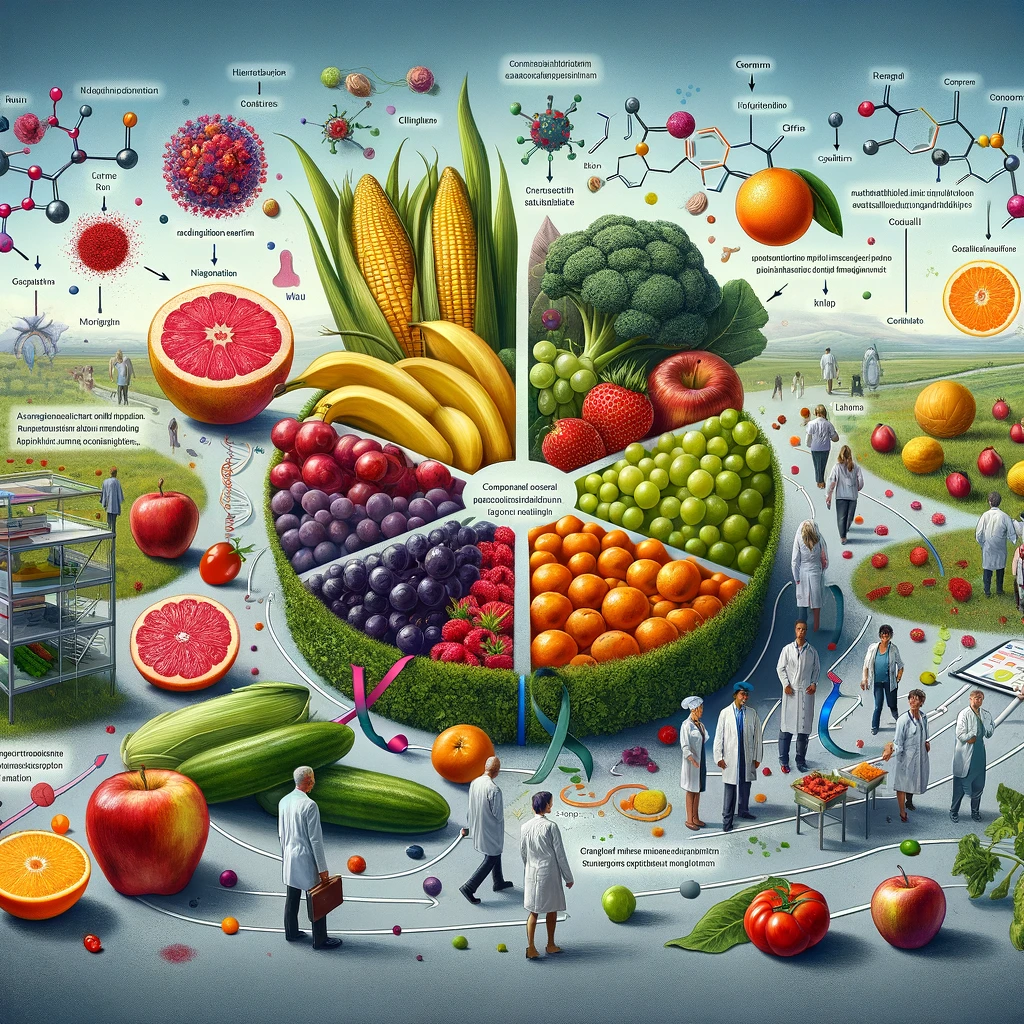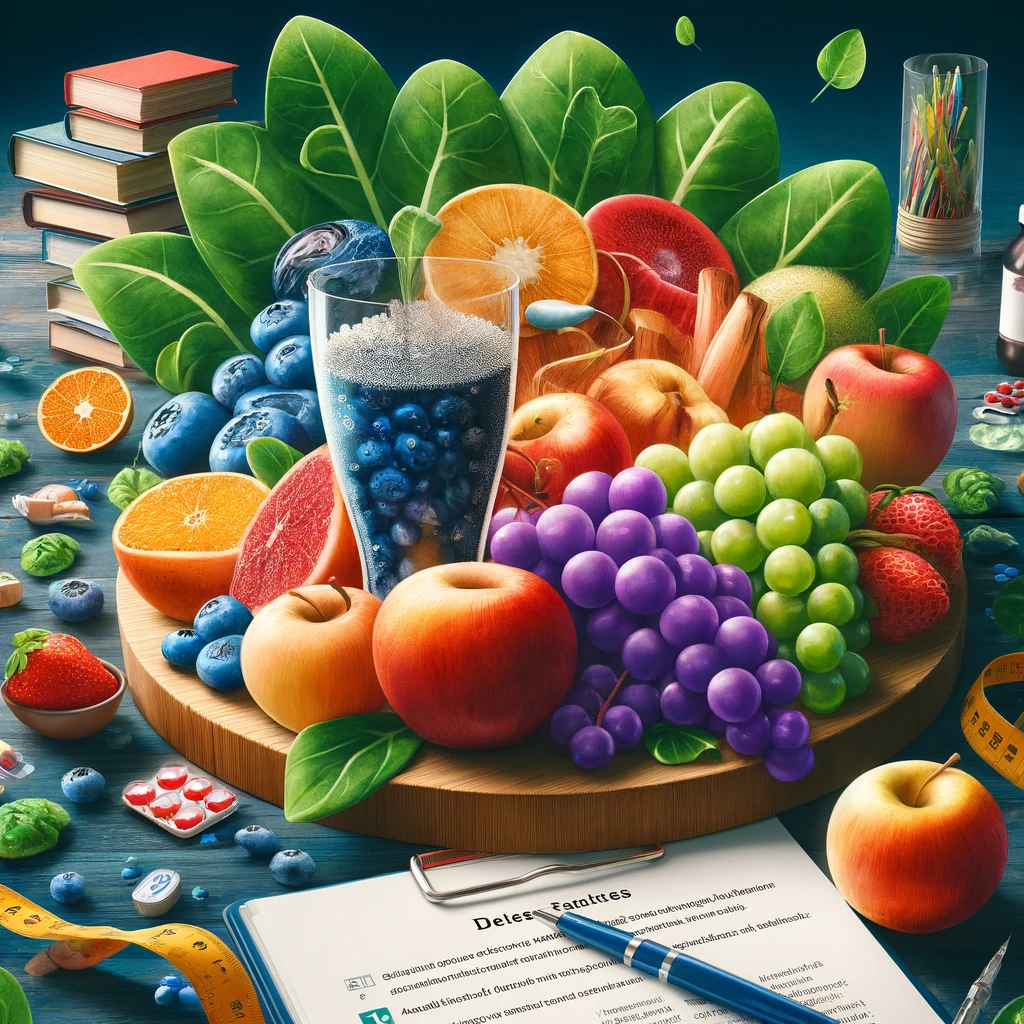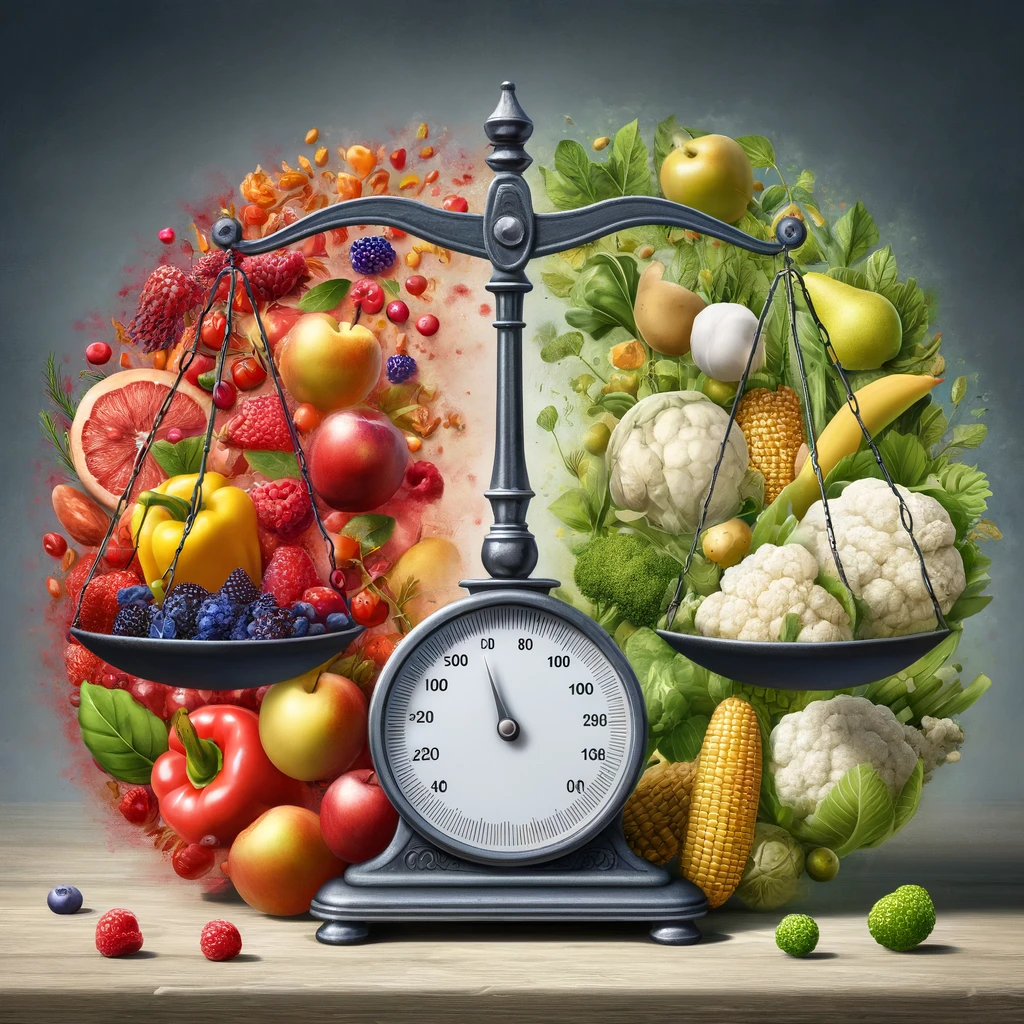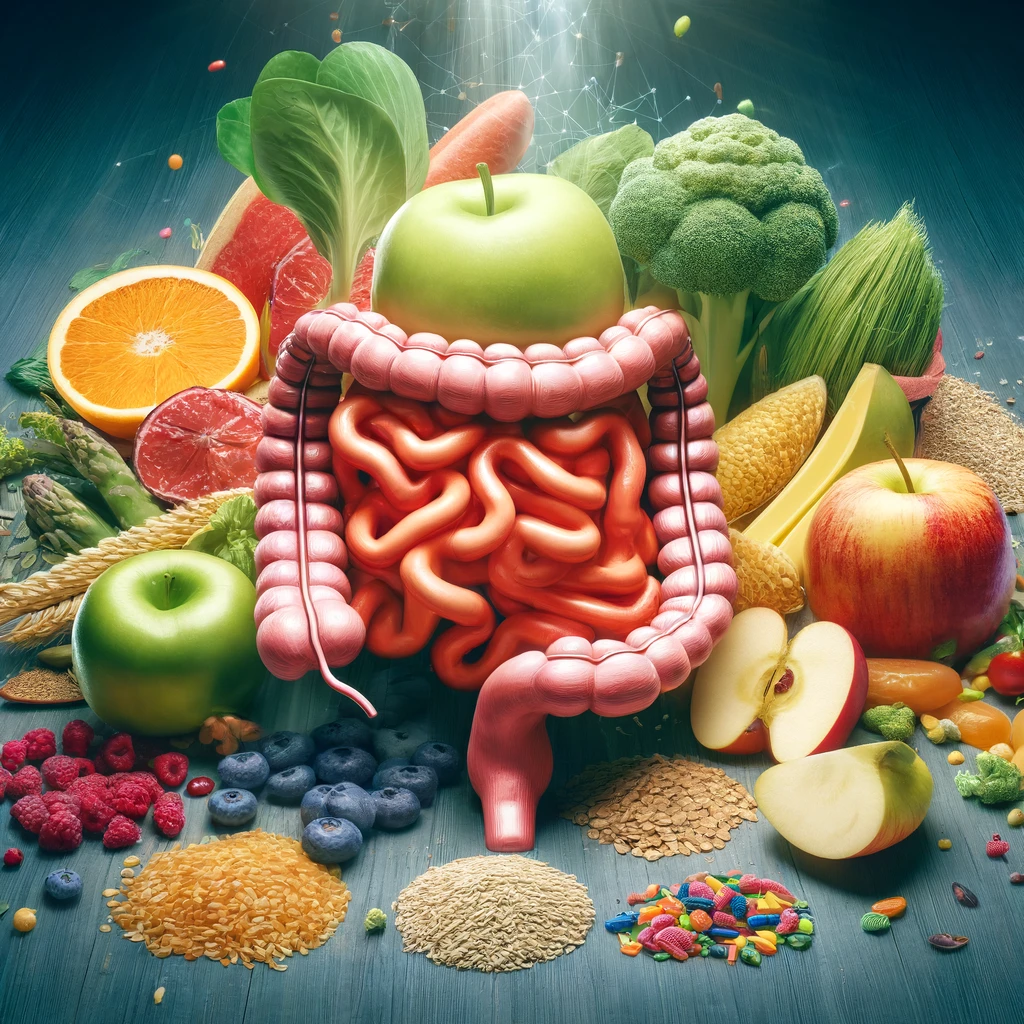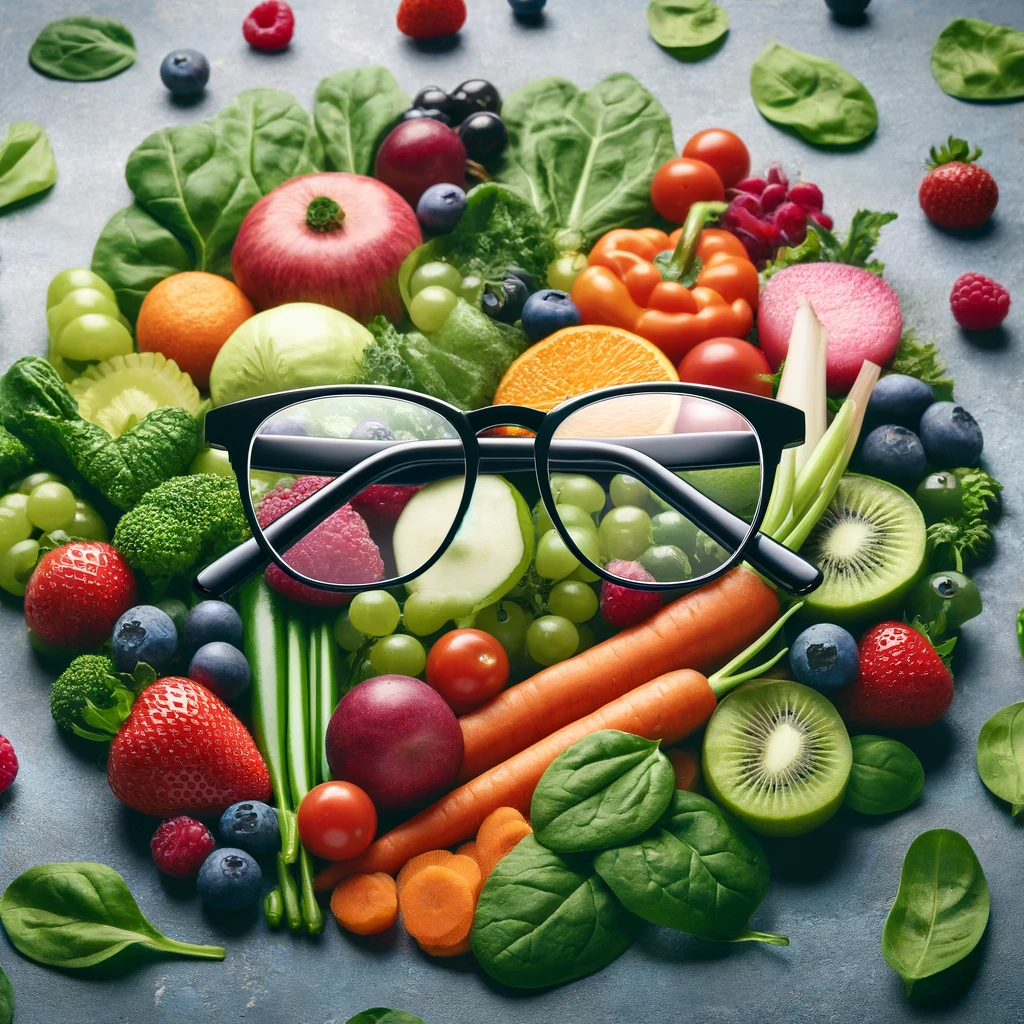A basket brimming with a variety of fruits and vegetables such as grapes, apples, asparagus, onions, lettuce, carrots, melon, bananas, and corn is not just visually appealing but is also crucial for maintaining a balanced diet. It’s important to consume a wide range of these foods, as no single fruit or vegetable can provide all the necessary nutrients for optimal health.
A diet abundant in vegetables and fruits can help lower blood pressure, reduce the risk of heart disease and stroke, prevent certain cancers, and decrease the risk of eye and digestive issues. It can also positively impact blood sugar levels, helping to control appetite. Consuming non-starchy vegetables and fruits like apples, pears, and leafy greens may even aid in weight loss due to their low glycemic loads, which prevent blood sugar spikes that can lead to increased hunger.
There are at least nine different families of fruits and vegetables, each offering potentially hundreds of beneficial plant compounds. To ensure your body gets a wide array of nutrients, it’s essential to eat various types and colors of produce. This not only provides a diversity of beneficial plant chemicals but also makes your meals more visually appealing.
Ways to Increase Your Daily Intake of Vegetables and Fruits

Here are some suggestions for increasing your daily intake of vegetables and fruits:
- Keep fruits visible: Store washed whole fruits or chopped colorful fruits in a visible location, such as a bowl on the kitchen counter or in the fridge, to encourage easy snacking.
- Explore variety: Experiment with different types of produce by regularly exploring the produce aisle. Aim to incorporate a diverse range of colors and types into your meals to ensure a balanced diet.
- Diversify your veggies: Instead of sticking to the same vegetables, try incorporating a variety of options into your meals. Choose vegetables that offer different nutrients and flavors to keep your meals interesting.
- Make it a meal: Incorporate vegetables and fruits into your meals by trying out new recipes. Whether it’s adding vegetables to salads, soups, or stir-fries, there are countless delicious ways to boost your intake.
“Nutrition and Wellness: The Impact of Vegetables and Fruits on Health”
Reducing Cardiovascular Risk: The Impact of Fruit and Vegetable Consumption
Mounting evidence suggests that a diet abundant in fruits and vegetables can significantly diminish the likelihood of heart disease and stroke.
A comprehensive meta-analysis encompassing cohort studies with 469,551 participants revealed that increasing fruit and vegetable intake is correlated with a diminished risk of cardiovascular mortality. On average, each additional serving per day of fruits and vegetables equated to a 4% decrease in cardiovascular disease risk .
The most extensive and protracted study to date, conducted within the framework of the Harvard-based Nurses’ Health Study and Health Professionals Follow-up Study, tracked the health and dietary habits of nearly 110,000 individuals over 14 years. The study found a clear inverse relationship between fruit and vegetable consumption and the incidence of cardiovascular disease. Those consuming 8 or more servings daily were 30% less likely to experience a heart attack or stroke compared to those consuming less than 1.5 servings per day .
While all fruits and vegetables likely contribute to this protective effect, certain varieties exhibit particularly strong associations with reduced cardiovascular risk. Green leafy vegetables like lettuce, spinach, Swiss chard, and mustard greens, as well as cruciferous vegetables such as broccoli, cauliflower, cabbage, Brussels sprouts, bok choy, and kale, were notably linked to decreased cardiovascular disease risk. Similarly, citrus fruits like oranges, lemons, limes, and grapefruits (along with their juices) also played a significant role .
Combining data from the Harvard studies with other extensive research in the United States and Europe further reinforces the protective effects of fruit and vegetable consumption. Individuals consuming over 5 servings of fruits and vegetables daily exhibited approximately a 20% lower risk of coronary heart disease and stroke compared to those consuming less than 3 servings per day.
Addressing Hypertension: Dietary Interventions for Blood Pressure Control
The Dietary Approaches to Stop Hypertension (DASH) study investigated the impact of a diet abundant in fruits, vegetables, and low-fat dairy products while restricting saturated and total fat intake on blood pressure. Results revealed that individuals with high blood pressure who adhered to this regimen experienced a notable reduction in systolic blood pressure (the upper number) by approximately 11 mm Hg and diastolic blood pressure (the lower number) by nearly 6 mm Hg—comparable to the effects of medication.
Further supporting evidence emerged from the Optimal Macronutrient Intake Trial for Heart Health (OmniHeart), a randomized trial that demonstrated enhanced blood pressure reduction when carbohydrates were partially substituted with healthy unsaturated fats or protein within a fruit and vegetable-rich diet .
In 2014, a meta-analysis encompassing clinical trials and observational studies affirmed the association between vegetarian diets and lower blood pressure.
Cancer and Diet: Exploring the Role of Fruits and Vegetables
Early studies hinted at a potential correlation between fruit and vegetable consumption and cancer prevention. Unlike case-control studies, which rely on retrospective data, cohort studies tracking large groups of initially healthy individuals over time offer more dependable insights. However, data from these cohort studies have been inconsistent regarding the cancer-preventive effects of a diet rich in fruits and vegetables.
For instance, a 14-year analysis within the Nurses’ Health Study and Health Professionals Follow-up Study found that individuals consuming the highest quantities of fruits and vegetables (8+ servings daily) showed comparable cancer incidence to those consuming the fewest servings (under 1.5) . Additionally, a meta-analysis of cohort studies failed to establish a significant link between increased fruit and vegetable intake and reduced cancer mortality .
Nonetheless, certain fruits and vegetables may confer protection against specific cancer types, as evidenced by various studies:
- Farvid et al. followed a cohort of premenopausal women over 22 years and observed a 25% lower risk of breast cancer among those with the highest fruit intake during adolescence, particularly from apples, bananas, grapes, corn, oranges, and kale .
- Higher fiber intake from fruits and vegetables during adolescence and early adulthood was associated with reduced breast cancer risk later in life .
- Farvid’s team found that women consuming more than 5.5 servings of fruits and vegetables daily had an 11% lower risk of breast cancer after 30 years, with vegetables showing a strong association with lower risk of estrogen-receptor-negative tumors .
Additionally, the World Cancer Research Fund and the American Institute for Cancer Research suggest that non-starchy vegetables and fruits likely provide protection against several cancer types, including those affecting the mouth, throat, esophagus, stomach, and possibly lungs.
Certain elements within fruits and vegetables may offer protective benefits against cancer. For instance:
A line of investigation, originating from findings in the Health Professionals Follow-up Study, indicates that tomatoes could potentially safeguard men from prostate cancer, particularly its aggressive forms . Lycopene, a pigment responsible for tomatoes’ red coloration, is hypothesized to play a role in this protective mechanism. While multiple studies—including those beyond the Health Professionals Study—have showcased a correlation between tomatoes or lycopene and prostate cancer, others have not or have demonstrated a tenuous connection .
Collectively, these studies suggest that heightened consumption of tomato-based products, especially cooked variants, and other foods rich in lycopene may diminish the risk of prostate cancer . Lycopene is among various carotenoids found in vibrantly colored fruits and vegetables, and evidence indicates that carotenoid-rich foods could offer protection against cancers of the lungs, mouth, and throat . Nonetheless, further research is necessary to elucidate the precise relationship between fruits, vegetables, carotenoids, and cancer.
Diabetes and Dietary Factors
Some studies focus on the potential link between individual fruits and the risk of type 2 diabetes. While research in this area is still evolving, initial findings are promising.
For instance, a study involving more than 66,000 women in the Nurses’ Health Study, 85,104 women in the Nurses’ Health Study II, and 36,173 men in the Health Professionals Follow-up Study—without major chronic diseases—revealed that higher consumption of whole fruits, particularly blueberries, grapes, and apples, was associated with a reduced risk of type 2 diabetes. Conversely, increased intake of fruit juice was linked to a higher risk of developing the condition .
Furthermore, research involving over 70,000 female nurses, aged 38-63 years and free from cardiovascular disease, cancer, and diabetes, indicated that consumption of green leafy vegetables and fruits was associated with a decreased risk of diabetes. While not definitive, the study also suggested a potential association between fruit juice consumption and increased diabetes risk among women .
Similarly, a study involving more than 2,300 Finnish men suggested that vegetables and fruits, particularly berries, might lower the risk of type 2 diabetes.
Weight Management and Dietary Choices
Findings from the Nurses’ Health Studies and the Health Professional’s Follow-up Study suggest that individuals who increased their consumption of fruits and vegetables over a span of 24 years were more likely to experience weight loss compared to those who maintained or decreased their intake. Specifically, berries, apples, pears, soy, and cauliflower were associated with weight reduction, while starchy vegetables such as potatoes, corn, and peas were linked to weight gain .
However, it’s essential to note that simply adding more fruits and vegetables to the diet may not lead to weight loss unless they replace other foods, such as refined carbohydrates like white bread and crackers.
Gastrointestinal Well-being
Fruits and vegetables are rich in indigestible fiber, which absorbs water and expands during digestion. This process can alleviate symptoms of irritable bowel syndrome and promote regular bowel movements, thereby relieving or preventing constipation . Additionally, the bulking and softening properties of insoluble fiber reduce pressure within the intestinal tract, potentially aiding in the prevention of diverticulosis.
Maintaining Eye Health
Incorporating fruits and vegetables into your diet can contribute to maintaining healthy eyes and may play a role in preventing two prevalent age-related eye conditions—cataracts and macular degeneration—which affect millions of Americans aged 65 and above [20-23]. Specifically, nutrients like lutein and zeaxanthin appear to lower the risk of cataracts.

